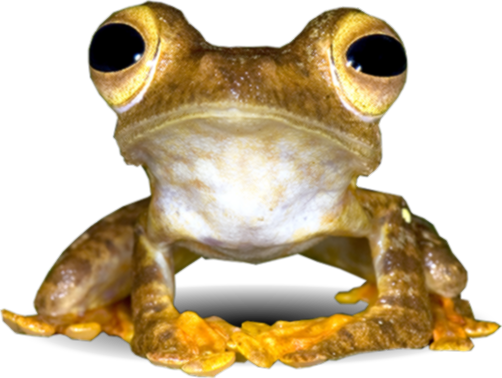Terminalia catappa, also known as Ketapang, is commonly found wild in coastal areas. The Latin name Terminalia refers to the leaves clustered at the ends of twigs. Meanwhile, the epithet name catappa comes from the original Malay name, “Ketapang” (Flora & Fauna Web, 2024). It grows rapidly and is often planted for its shade. However, its large leaves fall twice a year, making the area around the tree base untidy.
Young trees have a distinctive shape with extended and layered branches, growing up to 10-14 m high. Leaves are large, closely packed near the branch tips and turn red or yellow before falling around four years old. As the tree grows older, it gradually loses its layered appearance. One of its lateral branches starts becoming larger than the others, causing an irregular crown shape. The tree crown is dense, and its branches droop at the tips. Tree height may reach up to 28 m.
The tree produces abundant flowers and fruits. Ketapang is monoecious, producing both male and bisexual flowers. The tiny and fragrant greenish-white flowers grow in clusters on the leaf axil. The fruit is flat, egg-shaped, green when young and reddish-yellow when ripe. The fruit skin is thick, whereas the seed coat is hard and fibrous. The fruit pulp is white and can be sweet or bitter. Bitter pulps, however, are unsuitable for human consumption (Abd. Latif et al., 2016). Bats are known to eat the fruit pulp and disperse the seeds (Chin & Enoch, 1988). The seeds germinate easily and able to thrive in various soil types. Intact fruits can also grow naturally on beach sand.
The ketapang tree is highly valued for its durable wood, which is used for furniture, building materials and fuel (Zawiah & Othaman, 2012). Besides providing shade, the leaves are often used in aquariums to lower water pH levels.
In the Malaysia Plant Red List, the conservation status of this plant species has yet to be evaluated (Yong et al., 2021). However, it is considered Least Concern (LC) globally in the IUCN Red List of Threatened Species (Thomson & Evans, 2019).
